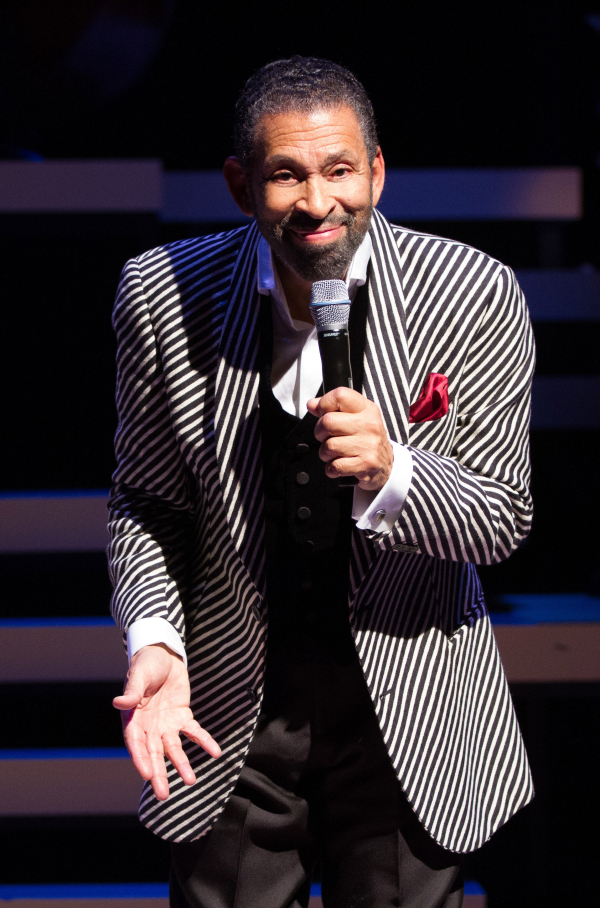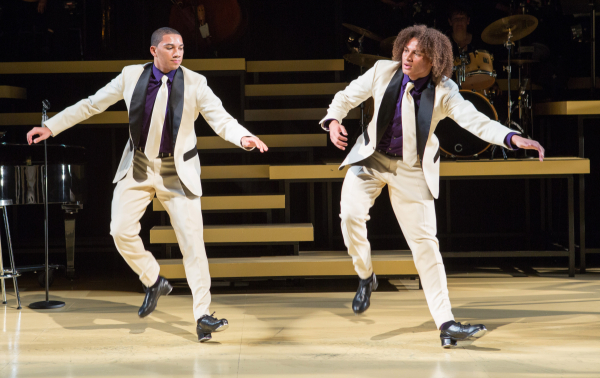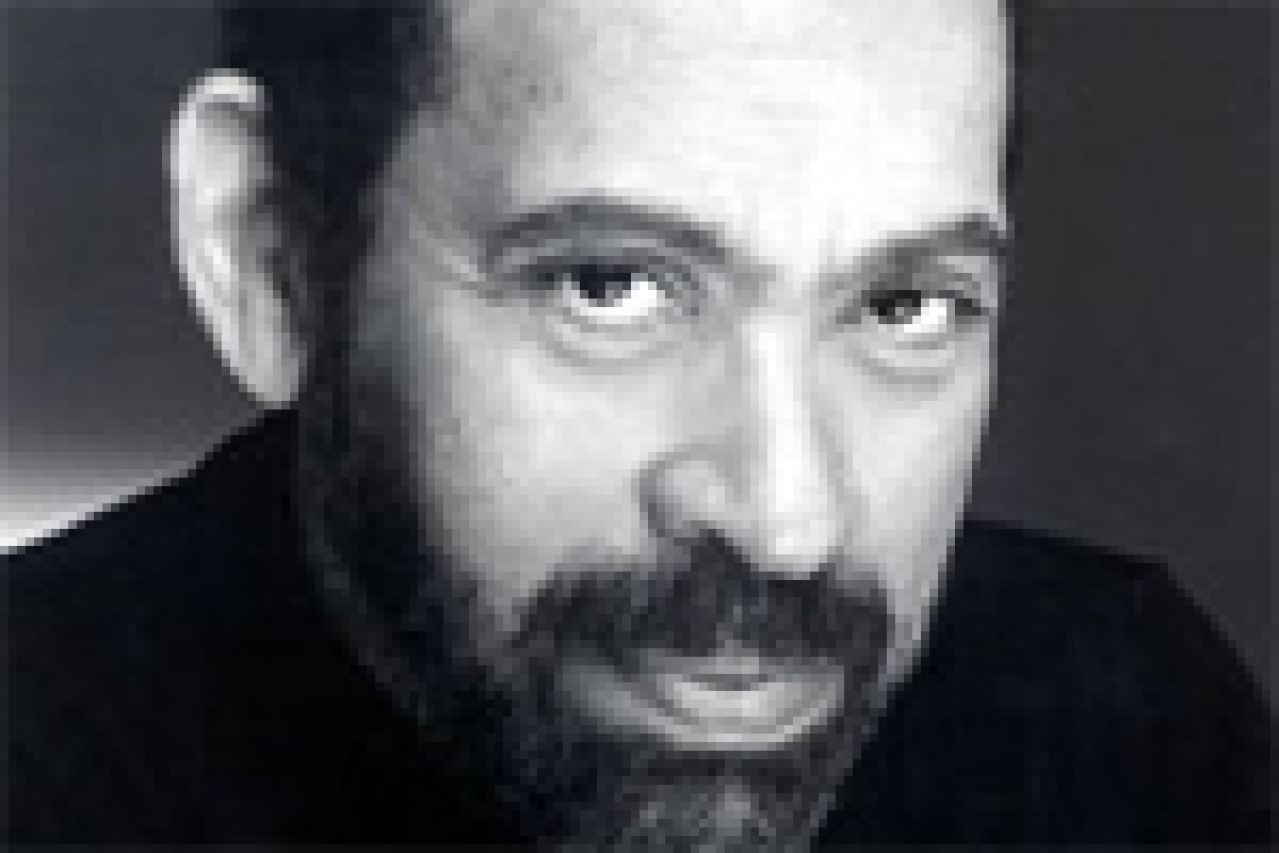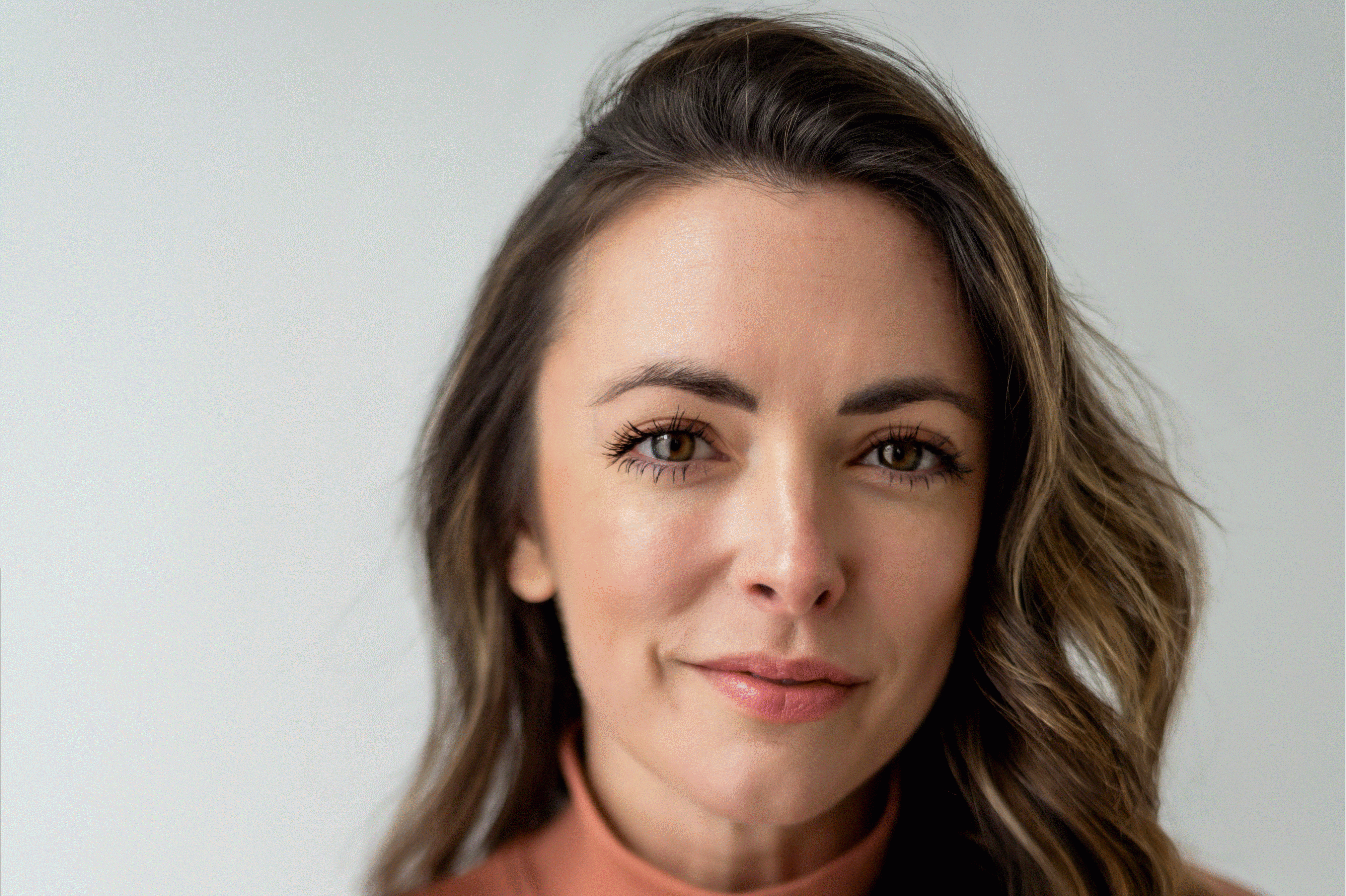Maurice Hines Taps Thru Memories of His Brother Gregory, His Las Vegas Childhood, and a Bygone Era of “Classy” Entertainment

(© Teresa Wood)
“My mother would always say, ‘Whatever you do onstage and in life, always do it with class.'” Maurice Hines has continued to live by this sage advice through his extensive career, which began at age five, tap-dancing alongside his three-year-old brother — the late, great Gregory Hines — and later joining their father in the popular nightclub act “Hines, Hines, and Dad.” Hines now finds himself at Arena Stage performing Maurice Hines Is Tappin’ Thru Life, a personal tribute to his family and an homage to some of the greats who influenced both his and Gregory’s careers.
Hines reflects on his days performing in Las Vegas alongside legends like Frank Sinatra, Judy Garland, Ella Fitzgerald, Lena Horne, and dozens more. “They were the top,” he said. “We’ll never see their likes again.” But while Hines has the spotlight, he’s hoping to introduce younger generations to the “class” that these performers once brought to the stage.
Where did the idea for this show come from?
It was really about five years ago. I was reading an article about tap…and they failed to mention my brother. I was embarrassed by it and upset. So as I was doing my one-man show then, which was more of a concert, I would talk more about Gregory and about what he did. So it evolved out of that.
How has the show developed since you first started putting it together?
It’s evolved even past Gregory. It’s really about my family and about the nurturing of my mother. My father came along for the ride and enjoyed it but my mother was the one who had the vision. She wanted something more for her sons, never knowing that it would be in show business. But once she saw that, she nurtured it in a very loving way. If you don’t do it through love, then it becomes a job and she didn’t want that for us as babies — we started at [ages] three and five.
What kinds of family memories do you share with your audiences?
There are a lot of pictures that we have— especially when we were in Las Vegas when we were young. I do tributes to the people [whom] we worked with that were very important in nurturing us as performers. The kind of show business that Gregory and I came from no longer exists. The Frank Sinatras and the Lena Hornes and the Ella Fitzgeralds — they’re all gone. That was the classy kind of show business that Gregory and I were nurtured from and nurtured by, so I try to re-create that.
What was it about those performers that you think radiated class?
My mother used to say, “Class is like pornography. You know it when you see it.” When Lena Horne or Frank Sinatra walk through the room, that’s class. I feel sorry for the kids today more than anything else. I happen to like Miley Cyrus. I think she can sing. To [resort] to swinging naked on a wrecking ball is very sad to me. I want these kids to know you don’t really have to do that.
How do you get that across in the show?
I tell this story onstage: We were in Las Vegas in 1955 and Pearl Bailey was going into The Sands following Tallulah Bankhead. We went down by the pool [to go] swimming and were told Pearl Bailey couldn’t go in the water because she was black. But she went [in], and [when] she got out of the pool, they drained the water. That’s heavy blows. And she didn’t say "Okay, I’m leaving". No. She said, "I have to do this so I keep the door open for the next African-American star who wants to come in here". And these kids don’t even know who Pearl Bailey is…I thank these people so that the young audiences [who] come to see me know what they’re about. They took the blows so we could be here.

(© Teresa Wood)
The Manzari brothers seem to be your new protégés. Is teaching and mentoring an important aspect of your career?
Yes, it is. But I only do it for the people who want it. Like the Manzari brothers. They [are] in my show because they [want] it. And they love dancing with each other, which is how Gregory and I [were]. I look for people who want it because I don’t want to have to force anybody to do anything. Not at this stage in my career. But if you want it, I’m giving it to you.
What are your thoughts on the work ethic of kids today? Is it different than it was when you and Gregory were young?
These kids feel entitled, like they’re supposed to get it. No one’s entitled. Including me. I’m still making mistakes and still learning from them, so how do you come in thinking you know everything? When [Gregory and I] were young, my father said, "When you meet these people — the Sammy Davis Juniors and the Nat King Coles — you got nothing to say because you don’t know nothing. You listen to them". And we did. I learned from those people. When you work with giants like Frank Sinatra and Dean Martin and Judy Garland and Lena Horne, you’re in the moment. It only comes to you later how flawless they were as performers. You can’t work with [them] and not learn something.
Maurice and Gregory Hines tapping together in the 1984 film The Cotton Club:











